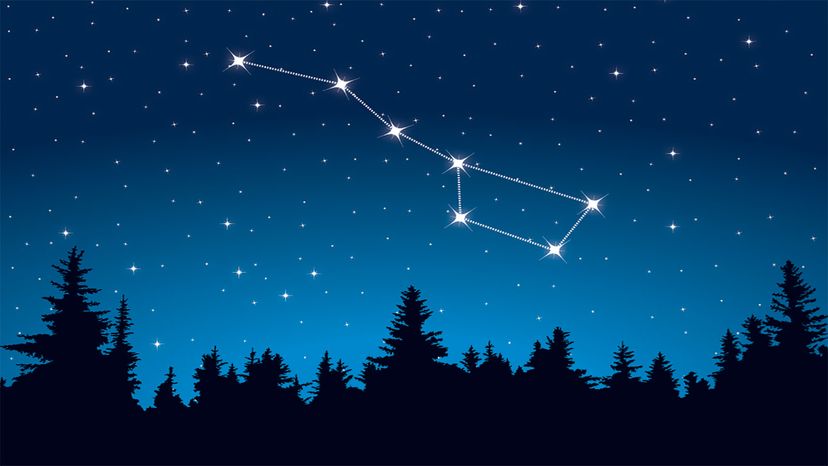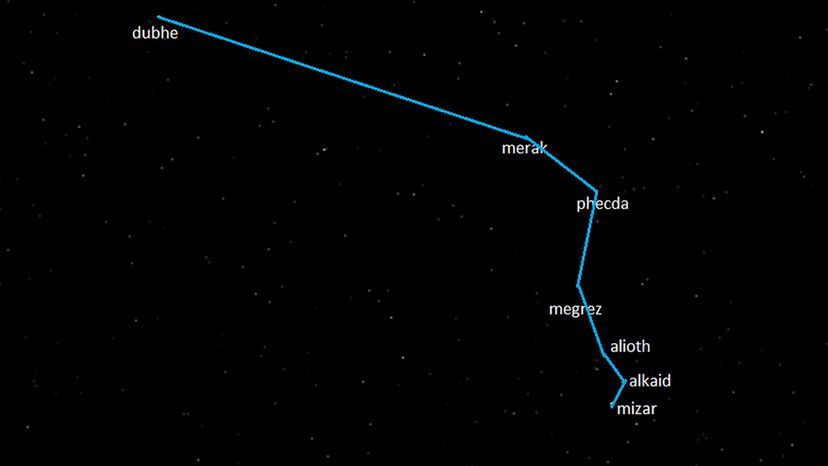
If there's one thing we can safely say about astronomy, it's that there's no end to what we can learn. Thanks to improved telescope technology and a greater understanding of what's going on in our solar system, we're always learning about new types of phenomena in the distant reaches of the universe and closer to home.
One thing that doesn't change much is the night sky above us: The stars that wheel overhead look much the same as they have for millennia, and humans have long used these stars for navigation, and told stories based on their shapes. Prominent in the northern sky, the Big Dipper, made of seven bright stars, is one such star grouping that has a storied history — and, it turns out, many names.
Advertisement
Whether you're brand new to astronomy or just keen to learn more about one of the most prominent groupings of stars in the sky, the Big Dipper is a great place to start. Even if you think you know everything about these Big Dipper stars, it always helps to go back to basics — you'll probably learn a thing or two.
